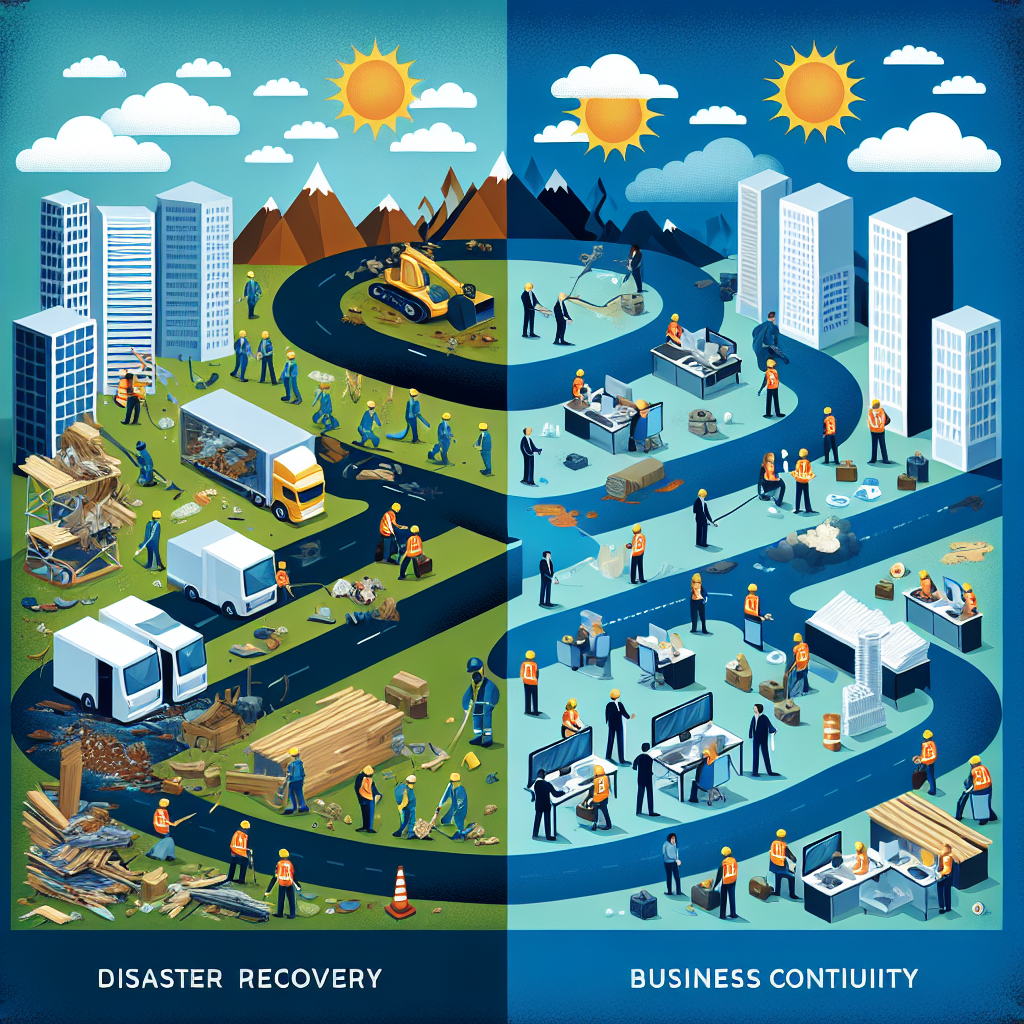Fix today. Protect forever.
Secure your devices with the #1 malware removal and protection software
Disaster recovery and business continuity are two essential components of a company’s overall risk management strategy. While these terms are often used interchangeably, they actually refer to two distinct processes that work together to ensure a company can continue operating in the event of a disaster.
Disaster recovery focuses on the technology and systems that are necessary to recover data and restore operations after a disaster. This includes creating backups of critical data, establishing recovery procedures, and implementing technologies such as cloud computing and data replication to ensure that data can be quickly restored in the event of a disaster. The goal of disaster recovery is to minimize downtime and ensure that critical systems can be restored as quickly as possible.
On the other hand, business continuity is a broader process that involves planning for how a company will continue operating in the event of a disaster. This includes identifying critical business functions, establishing communication plans, and ensuring that employees have the resources they need to work remotely if necessary. Business continuity planning also involves creating emergency response plans and conducting regular drills to ensure that employees know what to do in the event of a disaster.
While disaster recovery focuses on the technical aspects of recovering data and systems, business continuity is more about ensuring that a company can continue operating and serving its customers in the face of a disaster. By combining these two processes, companies can create a comprehensive risk management strategy that addresses both the technical and operational aspects of disaster recovery.
It’s important for companies to understand the difference between disaster recovery and business continuity and to ensure that they have plans in place for both. Without a comprehensive risk management strategy that includes both disaster recovery and business continuity, companies are at risk of losing valuable data, experiencing extended downtime, and damaging their reputation with customers. By investing in disaster recovery and business continuity planning, companies can ensure that they are prepared to weather any storm and continue operating in the face of adversity.
Fix today. Protect forever.
Secure your devices with the #1 malware removal and protection software

Leave a Reply
You must be logged in to post a comment.